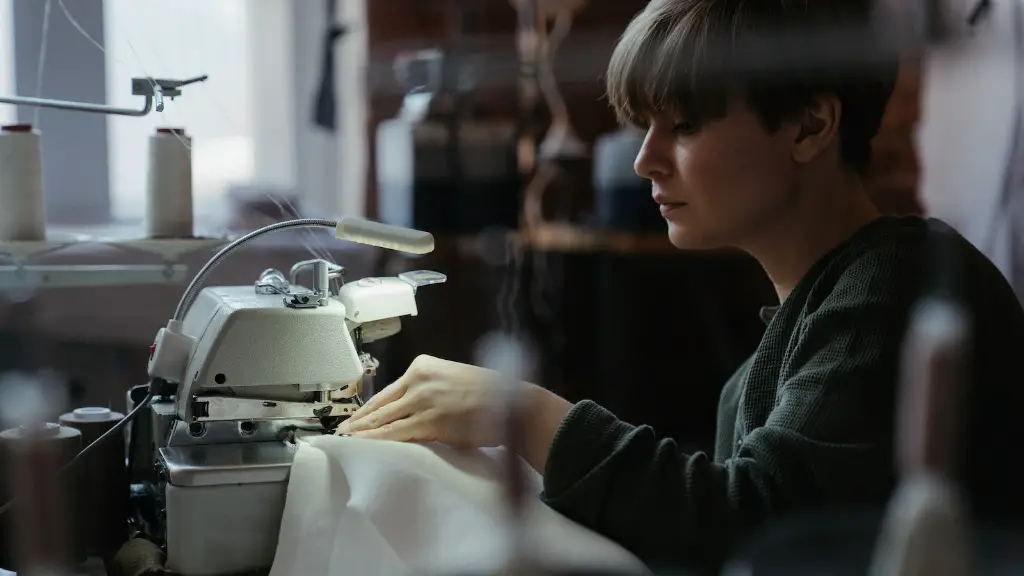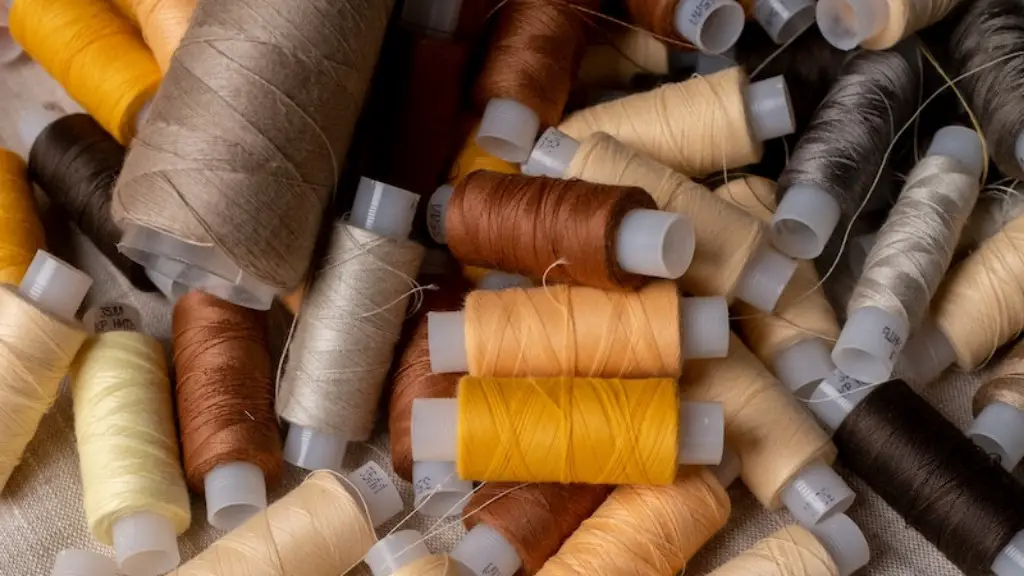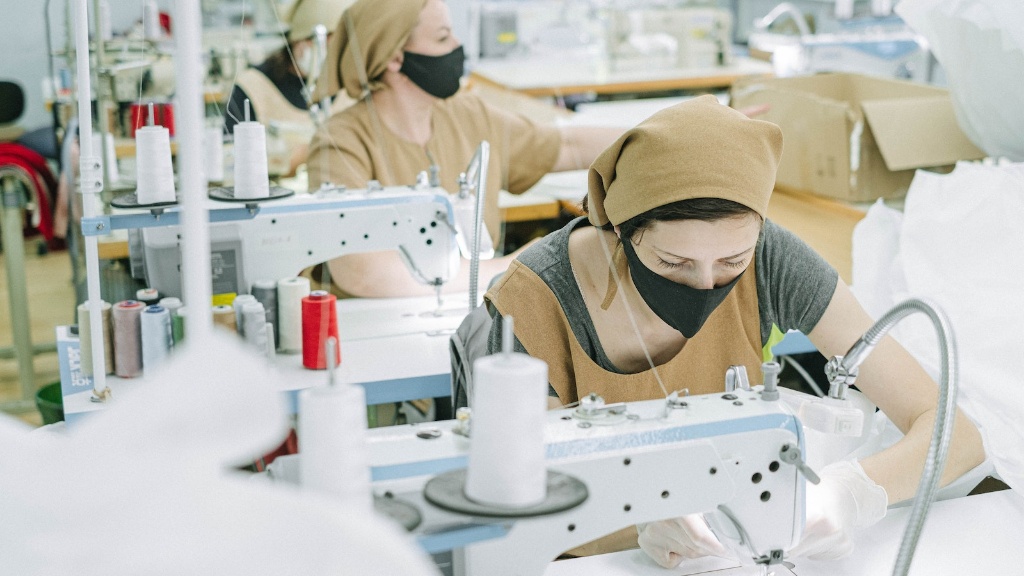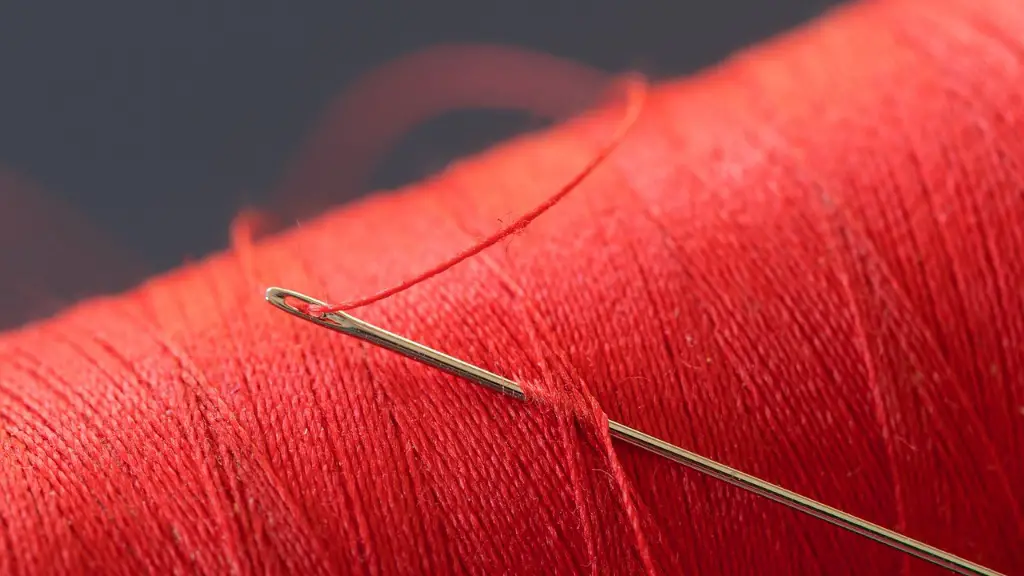Understanding Basics of Sewing Machine Maintenance
The longevity and performance of a sewing machine depends on the quality of its upkeep. Knowing the basics of sewing machine maintenance is essential for keeping sewing tasks fast and efficient. Standard maintenance tasks should be done regularly to keep the sewing machine in proper working condition.
Perform Regular Cleaning and Oiling
Sewing machine maintenance should start with regular cleaning and oiling. If possible, clean the machine after each use. At a minimum, the machine should be cleaned and oiled once a week. Begin with a thorough cleaning since dirt and debris can accumulate in the machine over time and affect its performance. Make sure to remove dirt, lint and debris from the bobbin case, bobbin area and other parts of the machine using a soft brush or special cleaning tool.
Using the right lubricating oil is important for reducing wear and tear of the various moving parts of the machine. Use only lubricating oil specifically designed for sewing machines, and apply a few drops of the oil directly to the parts subject to hustle and bustle during sewing.
Check Pressure and Feed System
The pressure adjustment of the presser foot is an important factor in the performance of the machine. Make sure the pressure on the presser foot is just right by adjusting it accordingly. Similarly, it is important to check the fabric feed system. The feed system should feed properly and allow fabrics to slide smoothly between the needle and presser foot.
Adjust Tensions Properly
Adjusting the tension on the machine correctly is one of the most important sewing machine maintenance tasks. Poor tension can lead to common sewing problems like loose or tight stitch. Make sure the upper thread tension is properly adjusted and the thread is passing through the tension discs with ease. Also, make sure the bobbin tensions match that of the upper thread.
Check the Hook Timing & Needles
The hook timing and stitching speed of the machine are also essential for obtaining desired stitching results from the machine. To do this, check that the hook timing is correctly set. Also, check that the stitching speed is consistent, and if needed, adjust the speed accordingly.
It is also important to use the right needles for the job. Different types of needles are available for a range of fabrics and tasks. Make sure the right needle is inserted in the machine before beginning the job.
Troubleshoot Problems
Troubleshooting sewing machine maintenance problems is an important skill and helps to diagnose and rectify a range of common problems. Often times, basic maintenance tasks can help to get the machine back in working condition. However, if the problems persist, consult a professional repair service.
Do not try to make unauthorized changes to your sewing machine. Changing anything inside the machine and making modifications not approved by the manufacturer can void the warranty. Moreover, it can render the machine completely useless and unsafe even for the most basic tasks.
Learn from Professional Sewers
Learning from the experiences of professional sewers can help you gain important knowledge and expertise in sewing machine maintenance. Professional sewers have the experience of different types of machines and fabrics and can give helpful advice to benefit your job. If possible, consult a professional craftsman or sew for guidance in maintaining and repairing your machine efficiently.
Maintenance Tips for Specific Problems
Sewing machines can run into a range of specific problems. Knowing how to deal with specific problems can help keep the machine in good condition. For instance, if the machine is making strange noises or jerking during sewing, check that the bobbin case is correctly installed and the bobbin thread is correctly wound. Similarly, if you observe gaps in stitches, try increasing the tension and check that the needle is of the right size.
Maintain the Machine Through Regular Use
One of the best ways to keep the machine in optimal condition is to use it regularly. Being idle for long periods of time can damage various parts and components of the machine due to wear and tear. Regular stitching practice is essential for keeping the machine working in prime condition.
Stay Mehanically Knowledgeable
Knowing the mechanical aspects of sewing machines is essential for taking proper care of machines. Being aware of the parts, components and technical specifications of the machine can help you diagnose simple problems and make basic repairs yourself. If necessary, get a manual for the machine and read up on it.
Store the Machine in a Safe Place
Storing the sewing machine in a safe place can help to protect it from dust, debris and any damage. If possible, store the machine in its original case. Make sure the machine is away from any other objects which can cause damage to it and regularly clean up any dust dirt that is near it.
Keep it Covered When Not In Use
Cleaning the machine before is important, but it is not enough. To keep the machine dust-free, use some type of dust cover when not in use. Keep the cover in place while the machine is not in use. A purchased cover or a simple sheet can do the job.
Give it Tender Loving Care
Taking proper care of the machine goes a long way for keeping the machine in perfect working condition. Regular maintenance and proper storage are essential for letting the machine serve you for a long period of time. Be mindful of the maintenance needs of the machine and give it the tender loving care it deserves.



